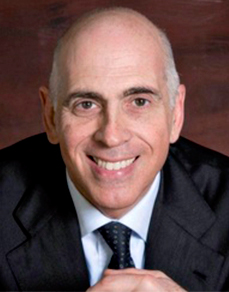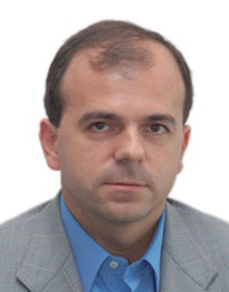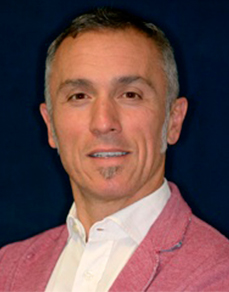

According to the applicable rules and regulations, I declare under my own responsibilities to be a dentist and therefore I am authorized to read the contents of this web site.

Internist at the Dental School of the University of Naples Past-president of the Italian Academy of Restorative Dentistry. Member of the Italian Society of osteointegrated implantology, of the Italian Society of Endodontics and of the Computer Aided Implantology Society. Keen on CAD-CAM digital technologies and guided surgery procedures Teacher in Digital Technologies at the Master in Implant Prosthodontics, University of Naples. Private practice in Naples with special emphasis on minimally invasive procedures for the esthetic rehabilitation on natural tooth and implants.

Biomedical engineer specialized in diagnostic imaging techniques. Since 1998 his work is focused on the three dimensional reconstruction of medical CTs and the development of image segmentation algorithms on radiology images, both for diagnosis and surgical simulation. He works with the best international medical specialists in the dental and maxillofacial surgery fields for the computer assisted surgery and virtual navigation of the patients. His mission is to bring the most advanced diagnostic instruments to every clinician level, for the practical application of these concepts in the daily surgery. Thanks to the high competency developed on the field, he's also a reviewer for scientific articles focused on the dental imaging for the Clinical Implant Dentistry and Related Research (Wiley) scientific paper.

Dental technician since 1987, partner in his Laboratory Member of the Italian Association in Gnathology Lecturer since 1997 and author of various articles. Since 2005 he has been working on the development of 3Diemme RealGuide and Evoguide guided surgery systems.